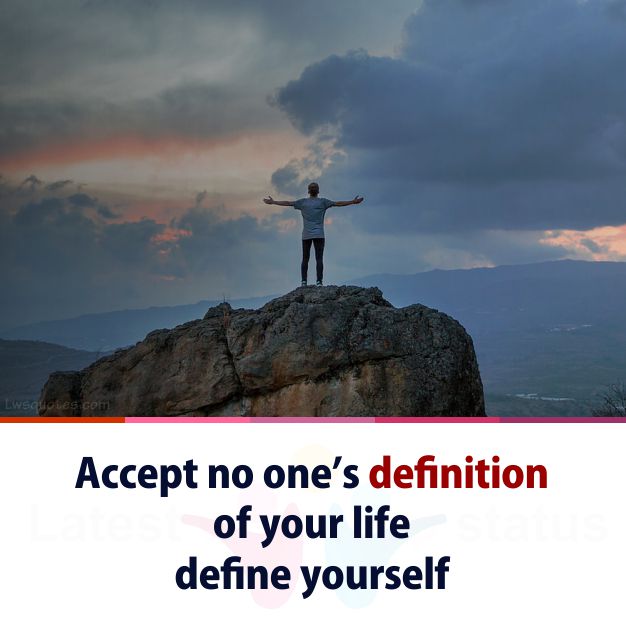

The student simultaneously sees a set of images illustrating different aspects of the word, as Sara did, although the number of images is now six rather than four.Īfter viewing the images, the student can see, or hear read aloud, a caption that goes with each one. The method involves first showing-and reading aloud-a target vocabulary word, with no definition provided. Lawrence and Seifert coined the term “semantic reasoning” to describe this process. In addition, asking students to figure out the definition of a word themselves, based on a carefully curated set of images, can be more powerful than just giving them the definition. The theory is that visual and verbal information are processed along different mental channels, and taking in information through both channels reinforces a word’s meaning and increases the chances that it will be remembered. Using images to teach vocabulary takes advantage of a concept in cognitive science called dual coding. But within six seconds, Lawrence recalls, Sara said, “Oh, prominent means to stand out in some way.” She was also able to give Lawrence two additional examples of the word. Lawrence had captions prepared to go with the images. Lawrence found four photos that conveyed different aspects of the word prominent: an ornate gate in front of a mansion a tall evergreen surrounded by shorter, bushier trees whose leaves were turning orange a businesswoman standing in the foreground, her arms crossed, flanked by what appear to be admiring employees and a close-up of a pair of vivid green eyes in an otherwise black-and-white photo. Perhaps there was a way to speed up that process. What if she tried using images instead? After all, that’s the way young children naturally acquire words for concrete objects: observing the characteristics of various canines to come up with the meaning of dog then perhaps overgeneralizing by saying dog when seeing any four-legged animal then being corrected by a caregiver who says something like, “No, that’s a cow ” and eventually coming up with the category of animal, along with subcategories like dog and cow-as well as pet and farm animal. Lawrence realized that she had been trying to use language to convey the meanings of words to a student who struggled with language. Afterwards, Lawrence says, Sara “informed me emphatically that prominent means ‘short.’” Lawrence recalls that her breakthrough came after a “particularly harrowing session” with Sara during which they spent a great deal of time on the meaning of the word prominent. According to Lawrence, Sara had “genius-level” nonverbal skills but struggled with language. Speech-language pathologists Beth Lawrence and Deena Seifert came up with that approach years ago, after Lawrence had worked with an eighth-grader I’ll call Sara. Research now suggests it may be even more powerful to show students an array of pictures, each of which has some relationship to a word, and have them try to infer the meaning of a word by figuring out what the pictures have in common.


 0 kommentar(er)
0 kommentar(er)
